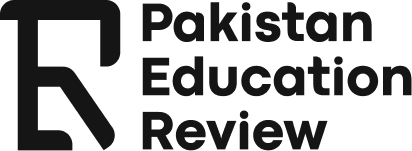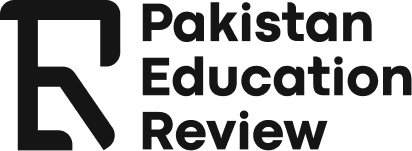
In the age of knowledge economy, the Information Technology (IT) sector is crucial to the economic development of a country. In recent years, the IT industry of Pakistan has made significant advances, especially in software development, business process outsourcing (BPO), and freelancing. However, despite its promising growth, there are potential pitfalls and regulatory obstacles that must be addressed in order to achieve sustainable growth.
The Growth of the IT Sector
The IT sector of Pakistan has shown significant growth. It ranked fourth in the world for freelancing development, and its IT exports have increased by 70 percent over the past three years. In fiscal year 2017-18, technology exports reached a record $1,067 billion, up from $939 million in the prior fiscal year. According to the State Bank of Pakistan, software exports alone are worth $700 million, and the IT industry is expected to reach $20 billion by 2025, as per Pakistan Vision 2025 and the Digital Policy of Pakistan 2018.

Challenges Impeding IT Sector Growth
Despite enduring significant growth, the IT industry in Pakistan must overcome a number of obstacles to sustain and advance its development. To thrive in the IT sector, we must prioritize the following key areas:
- Skills Gap:
The skills gap is one of the most important barriers. Only 10 percent of the 20,000 to 25,000 engineering and IT graduates who enter the workforce each year are considered employable. This is primarily due to deficiencies in both technical and interpersonal skills. Graduates frequently lack the essential skills of critical thinking and English language proficiency for success in the industry.
- Digital Access Barriers:
The prevalence of digital access barriers is also a significant obstacle. When it comes to mobile ownership, there is a 38 percent disparity between males and females, and when it comes to Internet usage, the gap widens to 49 percent. This disparity restricts women to digital resources significantly. Additionally, cultural norms and financial constraints discourage families from investing in digital devices for women, thereby worsening the issue. The low literacy rates and cultural barriers pose challenges, particularly for certain segments of the population.
- Government Policies and Bureaucratic Hurdles:
The IT sector in Pakistan faces considerable challenges arising from government policies and bureaucratic hurdles. A notable impediment is the imposition of a 100 percent cash margin on mobile imports, which adds complexity, raises the cost of importing mobile devices, and hinders the overall convenience of operating business. The requirement for a full cash margin can result in cash flow problems for businesses, particularly smaller businesses that may struggle to meet this financial requirement. In turn, this impacts the competitiveness and growth potential of local IT businesses.

- Connectivity and Infrastructure Issues:
Pakistan trails behind its regional competitors in terms of connectivity and infrastructure. In 2023, connectivity metrics and internet bandwidth fell below the South Asian average, undermining the competitiveness of the nation. Large access disparities persist across socioeconomic status, gender, literacy level, and geographic location, leaving a significant portion of the poor without digital access. Pakistan’s digital transformation efforts are hampered by insufficient spectrum allocation and costly license fees, which position it at a disadvantage relative to its peer economies. Connectivity issues are exacerbated by difficulties in deploying telecom infrastructure, limitations on available bandwidth, and low penetration of optical fiber cable infrastructure.
- Rural-Urban Divide:
There is a significant divide between rural and urban digital access. Despite the fact that rural Pakistanis make up more than 60 percent of the population, only 47 percent of them have access to the internet, in stark contrast to more than 60 percent of urban residents who do, further highlighting the divide.
The IT Industry of India
While Pakistan struggles with these issues, neighboring India is making remarkable advances in science and technology. India is home to 32 percent of the world’s STEM graduates, including 43 percent of STEM women. It is on course to surpass the United States in terms of developer population as it adds more than 2.5 million software developers to its workforce each year. India’s success in the IT sector is underscored by technology exports, accounting for more than half of its total services exports. Hence, a multifaceted policy approach is required to realize the maximum potential of Pakistan’s IT industry and to close the gap with regional competitors such as India.
Conclusion
The IT industry of Pakistan has made remarkable progress, yet faces significant challenges. To grow its IT industry, Pakistan must resolve crucial issues. These include the skills gap, digital access disparities, bureaucratic hurdles, infrastructure deficiencies, and the rural-urban digital divide. By prioritizing these issues and implementing comprehensive policies, Pakistan can unleash the full potential of its IT sector, fostering innovation and national economic growth.
Disclaimer: Any opinions expressed in this article do not necessarily reflect the opinions of Pakistan Education Review (PER). This content is meant for informational purposes only.








